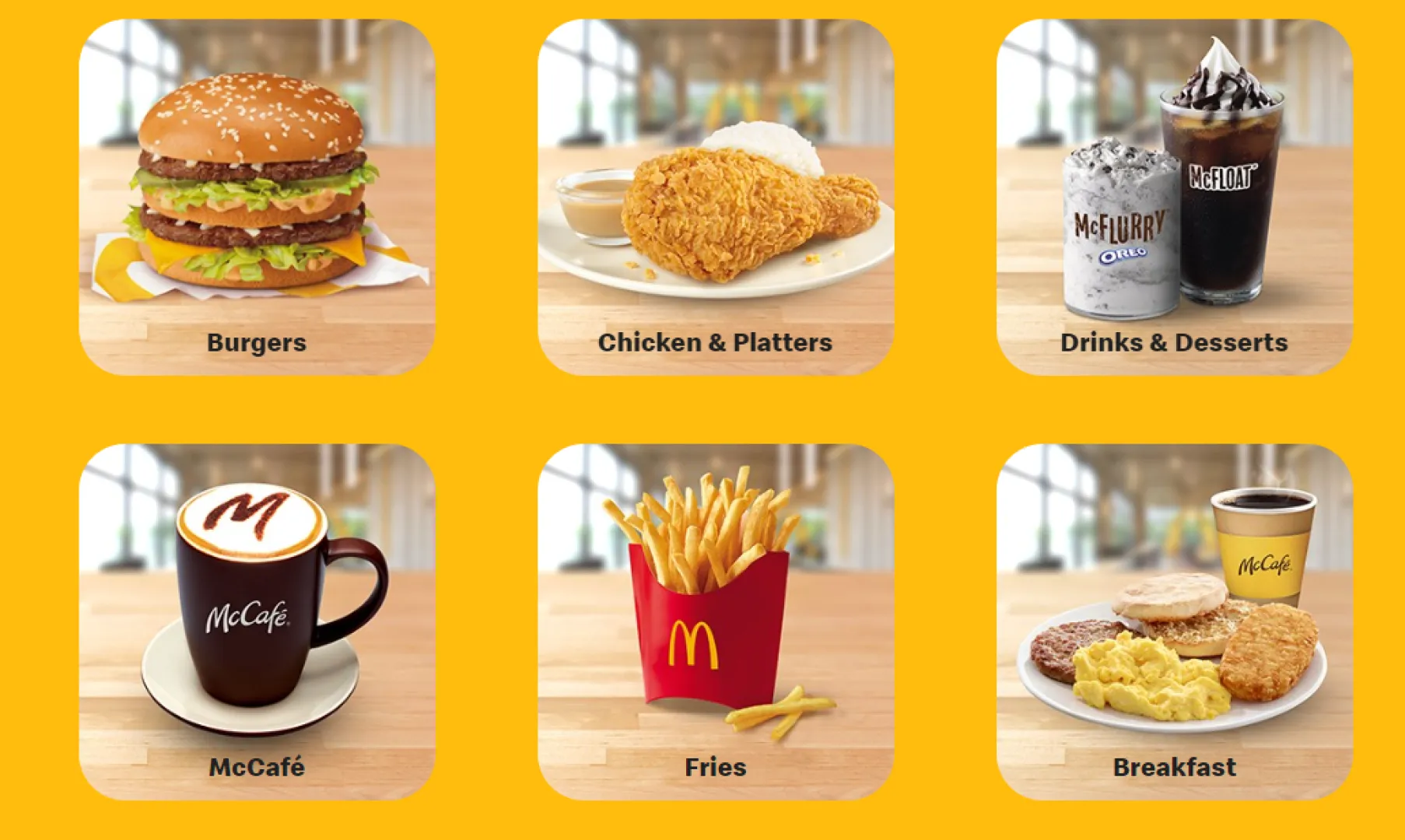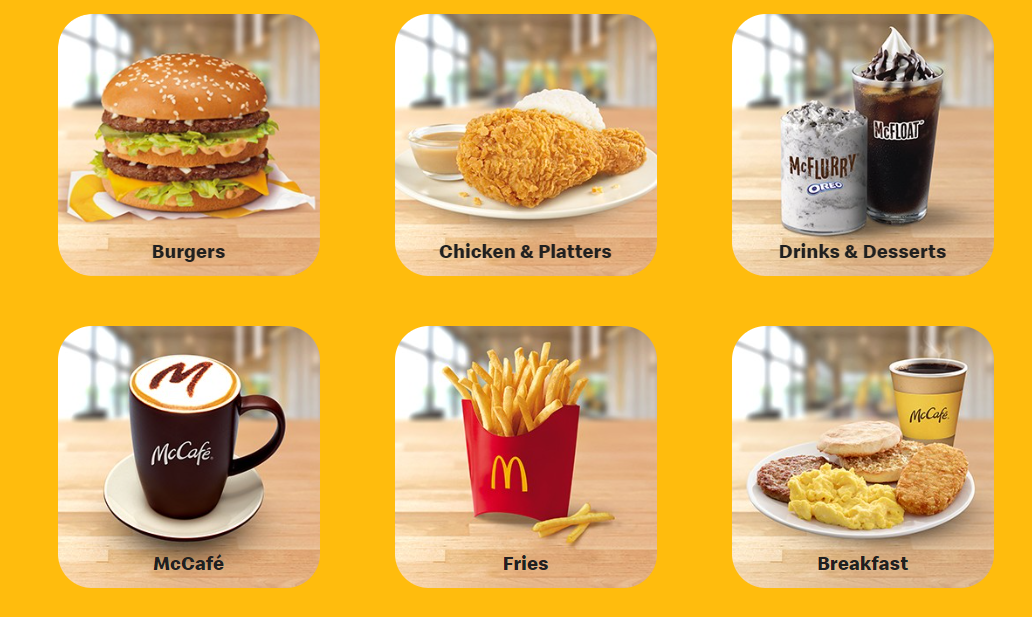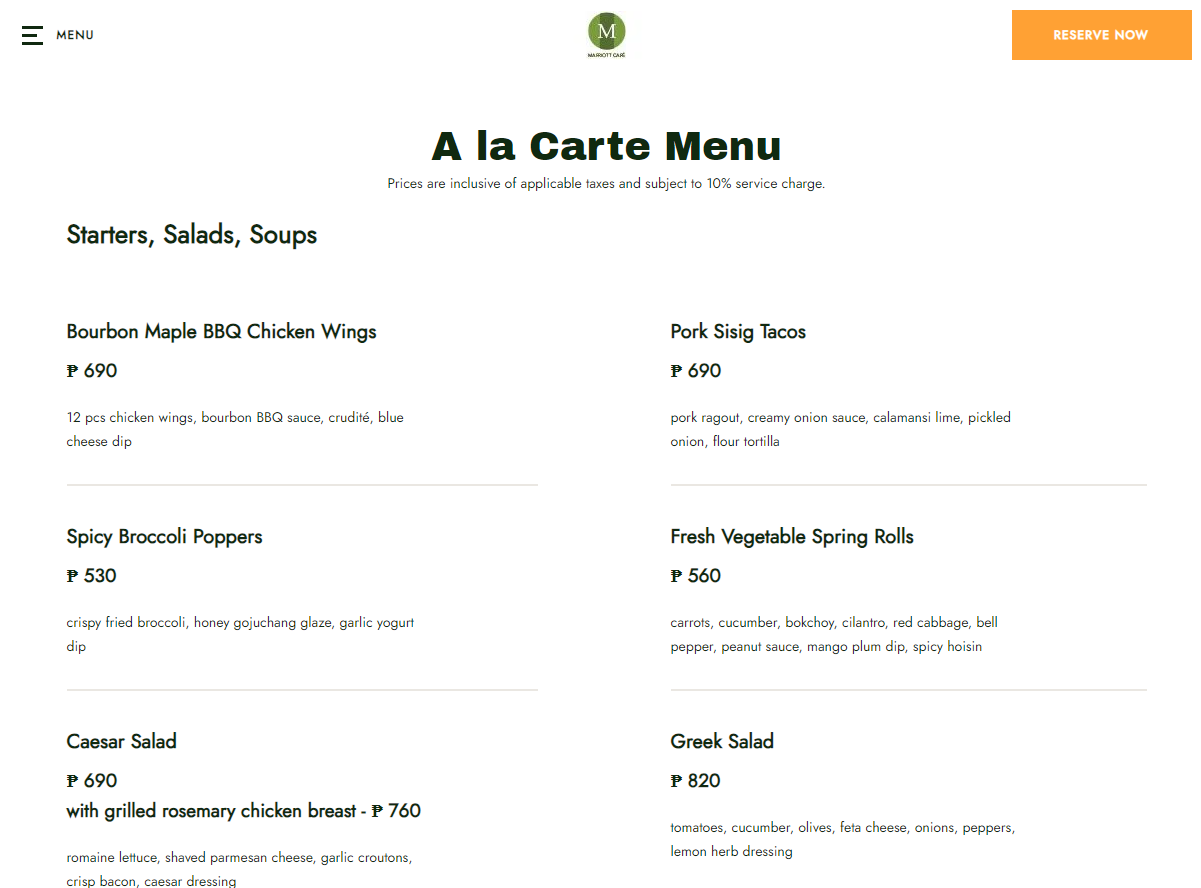
Fast Food vs. Restaurant
August 05, 2024

Deciding where to eat mostly depends on two factors: food quality and service speed. With those two considerations in mind, your choices usually fall into two main categories: fast food and restaurants.
Both have their defining characteristics. In this blog, we will walk you through the differences and similarities between fast foods and restaurants to help you figure out which place to eat the next time you decide to dine out.
Comparison of Fast Food Versus Restaurants
Characteristics of Fast Food Establishments
Menu

The menu of a fast food restaurant typically consists of food that can be prepared anywhere from 10 to 30 minutes. Some of these food items are fries, burgers, chicken nuggets, and desserts.
Most of these foods only need frying or a few processes to assemble the order.
Staff Interaction
Since fast food staff are oriented to prioritize speedy service, their interaction with customers is mostly transactional. The system is straightforward. For example, in McDonald’s, you order at the counter, pay, and wait for your meal whether it is dine-in or take-out.
Nutritional Value
It’s no secret that the menu served in fast food restaurants is high in sugar, salt and calories. This is due to the main method of cooking which is deep frying and the use of processed meat which contains additives that may cause harm to our bodies. In terms of nutritional value, fast food options cannot be considered very healthy.
Ingredients
Fast food establishments often have many branches. This means that their ingredients come pre-mixed and pre-packed. Having all the materials ready means less preparation time, allowing the staff to take more orders and serve more people.
A quick assembly time is part of the staff’s metrics and this usually affects customer’s perception towards a fast food eatery.
Price Point
With the speedy service and simple food menu, fast food chains are popular for their affordability compared to casual and fine dining restaurants. They have value meals, group bundles and mix & match promos that allow their customers to choose a meal that fits their budget.
Convenient Location
Fast-food branches are everywhere - from malls to highway stops. You can always count on a fast food eatery whether you’re shopping or traveling. They also have a drive-thru service which allows you to order food from your car.
Operating Time
Although operating hours differ per restaurant, the majority of the fast food eateries are open at 9 AM with peak hours at 11 AM to 12 NN when customers come in for lunch. Many of these fast food establishments stay open until late night with others operating for 24 hours.
Characteristics of Restaurants
Menu

Their food is more thoughtfully curated and will include more variations like pasta, soup and salad. They target a wider set of customers especially those who are health-conscious or picky eaters.
Aside from the food, they also provide more sophisticated beverages like wine or cocktails. Depending on the restaurant, they can also have a special line of desserts that complement their entrees and appetizers.
Staff Interaction
There is a bigger emphasis on creating a customer experience in restaurants, especially in signature restaurants. Generally, the staff are more attentive to the customer’s needs and requests. They help you find a table you’ll be comfortable with, make food recommendations and ensure that you get the best treatment during your stay with them.
Nutritional Value
The food in restaurants, like Kusina Sea Kitchens, is made fresh, that's why they take longer to serve. Various preparation methods like boiling, grilling, and stir-frying are used to ensure the highest quality of meals. Chefs are also careful to retain the ingredient’s nutritional value by observing a standard cooking time.
Price Point
Due to the fresh ingredients used for the meals, a restaurant's food is more expensive than that of a fast food establishment. The raw materials are carefully chosen, chefs take more time to prepare the food, and extra effort is made to present the food appealingly. These factors influence the pricing of a restaurant’s dish.
Location
Most restaurants have a standalone building located in commercial districts of an area. They have a designated parking space and some offer valet service. Their location allows them to give their customers an intimate ambiance and private space.
Operating time
Compared to fast food restaurants that extend operating hours or are open 24/7, restaurants have a more fixed operating time. Some of them are open as early as 7am to serve breakfast while others open at 10am and provide service until 8pm or 9pm. In the evening, the 6pm to 9pm time frame is dinner rush.
For most buffet restaurants, they open at lunchtime and take a break in the mid-afternoon to prepare for the evening’s menu. But, there are all-day buffets that serve breakfast, lunch, and dinner, which are mostly located in big hotels.
Fast Food and Restaurant Similarities
Fast Food and Restaurants Differences
Conclusion
Fast food establishments offer quick, convenient, and affordable options, albeit with limited nutritional value and a more transactional service approach.
On the other hand, restaurants provide a more refined dining experience, with freshly prepared meals, attentive staff, and a wider range of menu choices, including healthier options. While fast food satisfies immediate hunger needs and caters to those on the go, restaurants offer a more leisurely and immersive dining experience for those seeking quality food and personalized service.